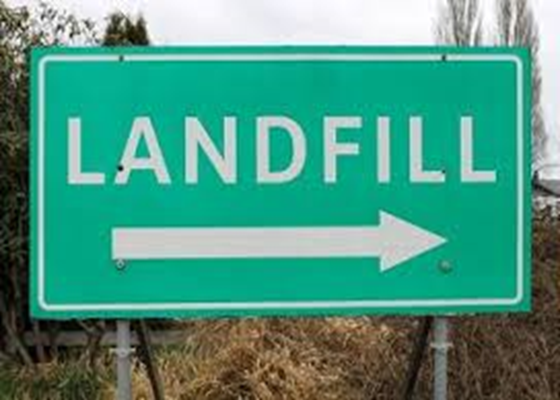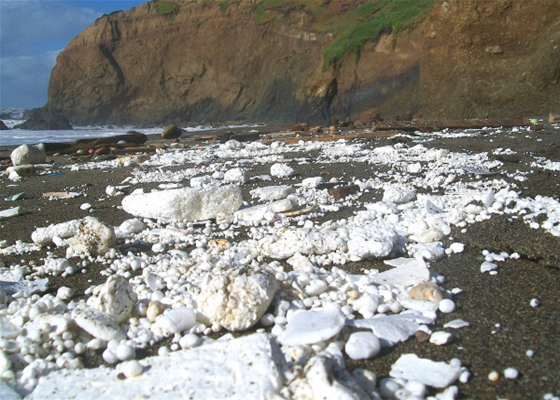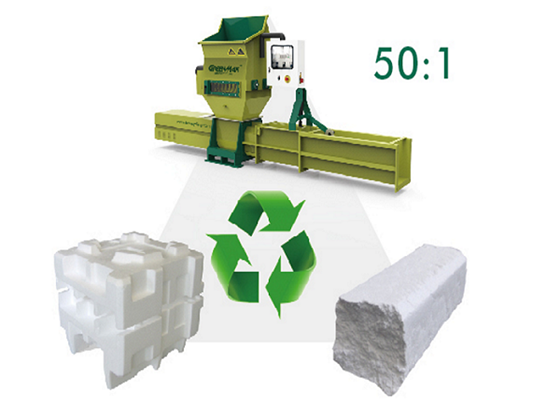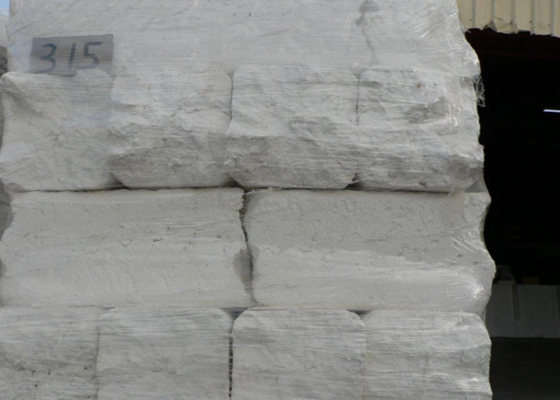EPS compactor is the key to helping California save high EPS landfill costs and form an economic cycle

Waste EPS was thrown away at first, and because of its lightweight, EPS foam is a major source of garbage on land and in rivers. The city covers the cost of cleaning up waste EPS, which is estimated to be more than $1 per pound. In order to save the cost of garbage disposal, the person in charge decided to try the landfill method to dispose of waste EPS. Hundreds of thousands of tons end up in landfills in California, costing tens of millions of dollars in landfills, as well as expensive disposal costs.

Have you ever thought that a small EPS compactor can solve the problems that most areas in California are currently facing? The fate of waste EPS should not end in landfills. High landfill costs and waste of recyclable resources are not worth promoting. Another way of thinking is that while several EPS recycling points can be set up in California, EPS compactors can be placed at the recycling sites to realize on-site recycling. The compressed EPS can be directly sent to the factory for remanufacturing to produce new plastic products.

GREENMAX EPS compactor has a compression ratio of 50:1, which produces dense EPS ingots that are different from loose EPS, saving shipping costs. Considering that the waste EPS produced by residents is not as much as that produced by industrial production, it needs to be accumulated to a certain amount for unified transportation. The excellent volume reduction effect of the EPS compactor achieves the purpose of saving storage space and makes EPS recycling more flexible. With an EPS compactor, waste EPS can escape the fate of being landfilled. The capital invested in EPS recycling is far less than the landfill cost because EPS recycling is a process of resource and economic cycle.

With the rise in the price of petroleum raw materials and the introduction of the ESG concept, recycled materials have become a special concern for manufacturers. Compressed EPS has reached a situation of short supply, and the production method of mixing recycled materials and new materials to make new plastic products has been widely used. For example, GREENMAX uses waste EPS to make environmentally friendly photo frames and other types of frames. The government can use the profits of recycling EPS to continue to build EPS recycling business so that California can get rid of white pollution as soon as possible.
